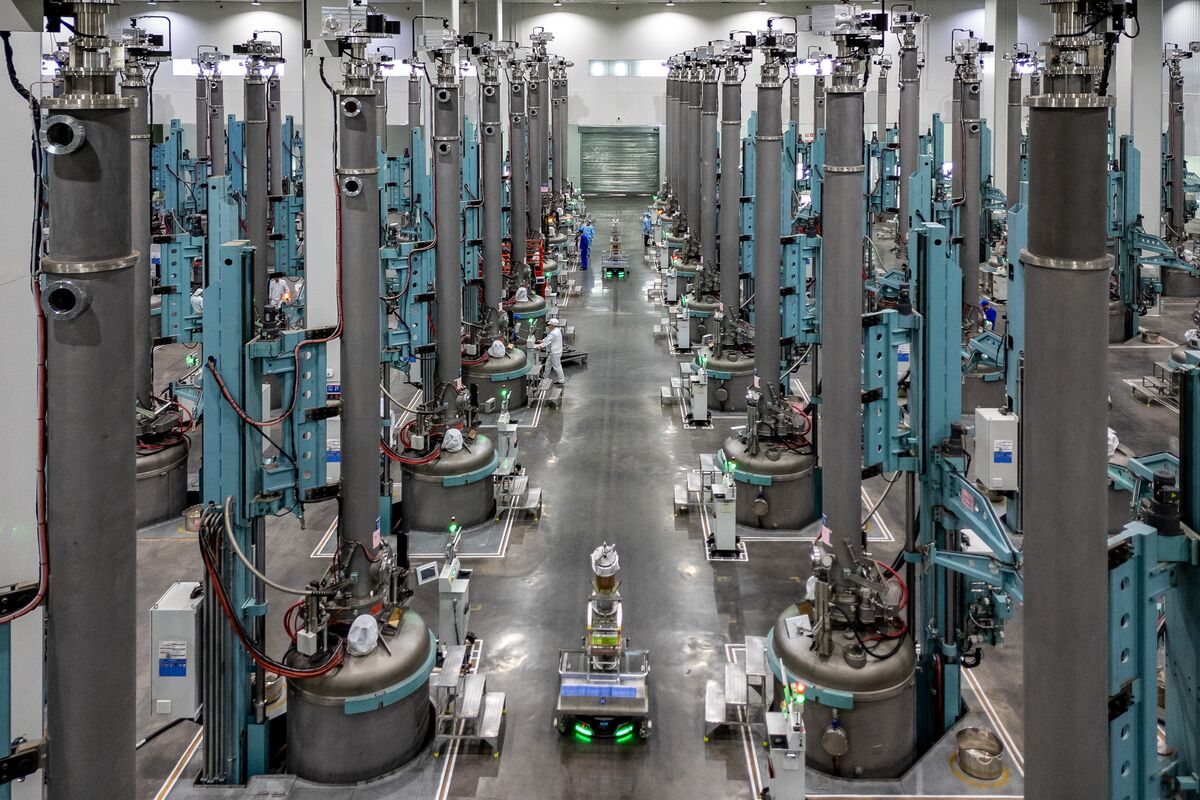This is an automated archive made by the Lemmit Bot.
The original was posted on /r/wallstreetbets by /u/s1n0d3utscht3k on 2024-07-15 21:47:39+00:00.
While Japan and America both suffered deep economic setbacks when their housing markets hit the skids, China’s tech advances and resulting export boom have helped to keep economic growth within reach of its targeted pace of around 5%.
If Beijing can keep batting away US-led containment efforts, exclusive analysis from Bloomberg Economics forecasts the hi-tech sector will account for 19% of gross domestic product by 2026, up from 11% in 2018. Combining what Beijing has dubbed the “new three” — EVs, batteries and solar panels — the proportion of GDP swells to 23% of GDP by 2026, more than enough to fill the void from the ailing real estate sector, which is set to shrink from 24% to 16%.
GDP related to high-tech industries — including medicine, advanced equipment, information technology and communications equipment and services, and research and development — expanded 12% on average between 2018 and 2023, significantly faster than the nominal GDP growth of 7%. Bloomberg Economics’s projections are based on the assumption that the industries can largely keep their current growth pace.
China’s total factor productivity — a measure of how efficiently resources are used to generate output — has been stuck at around 40% of that of the US since 2008, according to Wang Yiming, a long-time state adviser. Korea and Japan reached 60% and 80% of US productivity, respectively, before their economic rise relative to the US began to stall. It will be an “uphill battle” for China to push for faster productivity gains, Wang said.

